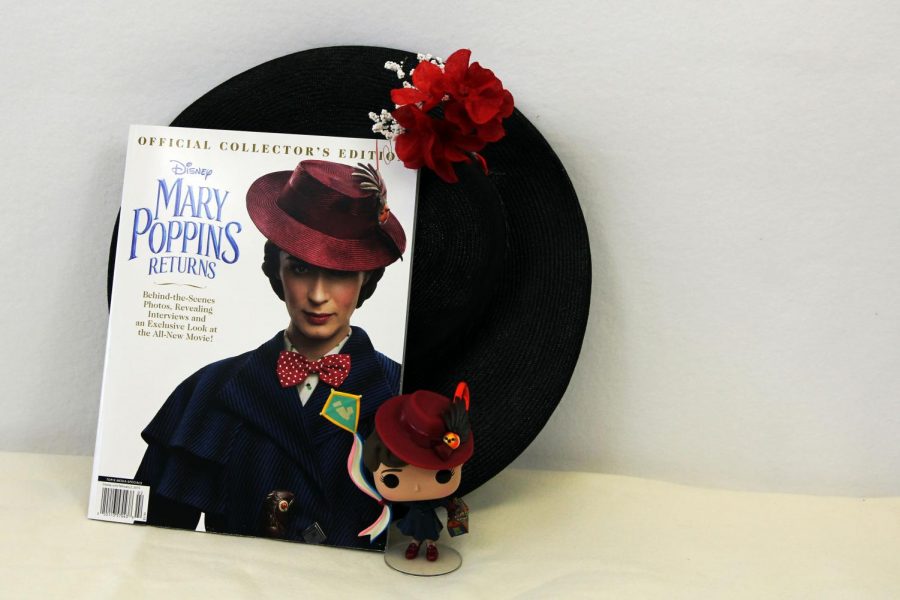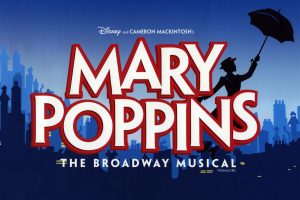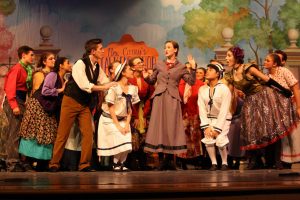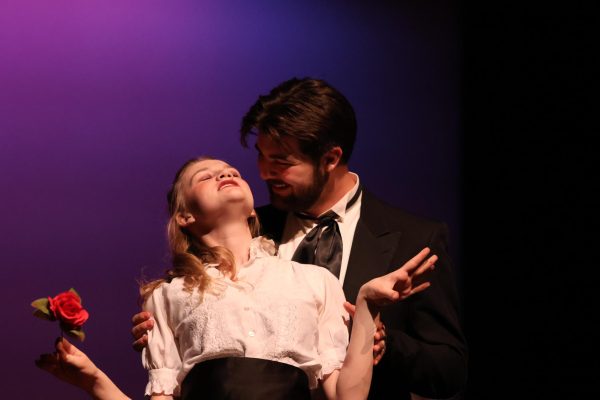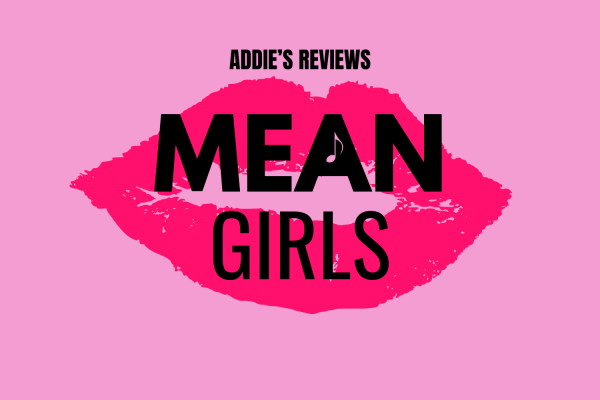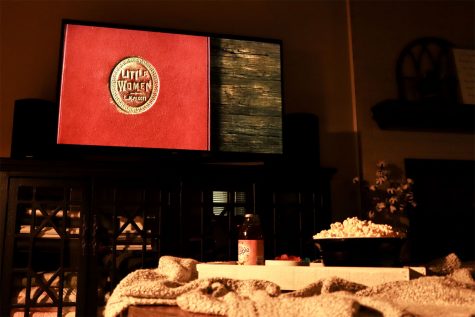‘Mary Poppins Returns’ with magic, charm, wit of original
“Mary Poppins Returns” premiered in theaters Dec.19, 2018.
New and old faces gaze down the beloved street of kites and cherry blossoms. Under a lovely London sky, the whimsical world of Mary Poppins still exists, but the flowers haven’t bloomed, and a fog has fallen. The Banks family of Cherry Tree Lane is once again in trouble as Michael and his three children are at risk of losing their home. As hope dwindles, it is obvious something–or someone–is needed to help restore the Banks to the loving family they once were. Perhaps that someone just might be the practically perfect nanny: Mary Poppins.
DISCLAIMER: During Canyon High School’s musical this year, I was lucky enough to portray Mary Poppins. That being said, I feel strongly attached to the story, so I have many opinions, some not included due to length. This is still a rather long review of the film, so if you don’t want to read the whole review, at least watch the movie because the bottom line is it is a wonderful movie.
From the moment the film begins, it catches audience attention with a beautiful new score to accompany the movie. Cue Lin-Manuel Miranda as lamplighter Jack. His friendly demeanor and Cockney accent greet viewers as if he had known them for years, and his opening song, as well as every other song, is original to the show.
Although I may be partial, the score and soundtrack of “Mary Poppins Returns” is one of its best features. Some may be saddened to hear of the loss of classics such as “Supercalifragilisticexpialidocious” and “A Spoonful of Sugar,” but their spots are filled with others relating to the new adventures of Mary and the children. “Can You Imagine That?” is Mary’s first song. In it, she and the children, who behave too much like adults, embark on a swim in a deceptively large bathtub where they experience all sorts of silly people and activities. Seemingly frivolous, this song holds so much depth in its words because the children assumed many adult responsibilities over the past year, which presented difficulties to the family. For the first time, the audience sees the children’s eyes open to what can happen when the door to imagination is unlocked.
The score itself made my eyes mist by effortlessly intertwining melodies from the original score into the new. Instruments reprise versions of “Precision and Order” and “Let’s Go Fly a Kite” from the original musical, but the most obvious encore takes place toward the end of the movie while Michael is recalling the woman from whom he once bought bird seed and the tuppence he invested in the bank. This is a tender moment, and I still am not sure if I think it is such a beautiful moment because of my experience in the musical this year or if it is just a stellar scene.
Parallels between the original Mary Poppins film were present, but never overbearing–something I did not expect. References from the original movie and the musical were present, but only a touch here and there to be sure viewers understood the references.
While Emily Blunt’s interpretation of the character is different from Julie Andrews’, she kept Mary’s defining attributes from the first movie. Her grace, charm and charisma transferred into the film as smoothly as she did back into the Banks’ home. Her love for the children, both grown and still young, is made clear without being explicitly said. She is still different from the original because the children she nannies now require different lessons to learn. As a family, the children help their father through his struggles, causing them to mature much too quickly; their main lessons consist of how to once again be children while also remaining independent.
The original Banks children, although grown, must learn lessons from Mary Poppins along with Michael’s children. Their lessons also circle around letting go of being an “adult” and enjoying the magic in life. Although they do not go on as many new adventures as his children, Michael and Jane eventually regain the magic of their childhood.
Character development is in abundance, especially with Michael’s character, played by Ben Wishaw. He begins the film as a loving father broken from the recent death of his wife. While the children spend time with Mary, Michael is trying to learn how to cope and move on. The struggles he faces could have made his character much like his father’s (cold and distant until roughly the end of the film), and there are many excusable reasons why he would end up like his father too: the recent death of his wife, his financial troubles, job troubles. But, instead of taking the common route, writers made Michael complex yet recognizable as the stubborn little boy from years ago.
Jane Banks, played by Emily Mortimer, does not add much to the story but is still a joyous presence on screen. She is encouraging and kind as she sets aside her work to help her brother. If anything, she provides a sweet side story with Jack.
No matter how good a film can be, none can be perfect. The one flaw, the Achilles’ heel of the production, is a single song: “The Cover is Not the Book.” The set-up to the song seems normal. The characters, who love Mary, are pressuring her into performing for them as a special treat. She complies and begins a sweet anecdote of her bibliophilic uncle and the advice he gave her, “the cover is not the book.” On that line, a screen rises over Mary and from behind it comes a sudden Cockney accent and a new outfit. Full disclosure–I did not understand the words toward the beginning of the song until listening to the soundtrack on my own time, so now I gather she is impersonating her uncle with the new personality taken on during this number.
Mary’s accent combined with the personality changes and the dance make the song completely out of character. If she is truly impersonating her uncle, the accent and the personality are only partially excused. Instead of remaining humble and giving an amazing performance because she can, the number seems vaudeville and over dramatic. The character immediately loses her charm. Since the number is a duet with Jack, he seems in place while performing in this style. The song could have easily been changed to better fit Mary or been made a solo for Jack.
While the song disappointed me, my spirits were lifted almost immediately. I was practically bouncing in my seat with the appearances of Angela Lansbury and Dick Van Dyke, who is 93 and danced better than I can, and the remaining songs such as “Trip a Little Light Fantastic,” a song similar “Step in Time” whose upbeat tune, dramatic choreography, interesting set and sweet message created a timeless cinematic moment.
Covering a range of emotions, song styles and characters, “Mary Poppins Returns” sweeps viewers along the adventures as if they are the children. Together on the journey, viewers learn no matter the age, always give into imagination and find the child within themselves. Just as classic as the original, the next chapter of the story is an everlasting film to be enjoyed by all for years to come.

Hi there! I am a senior, and this is my third year on staff and second as editor-in-chief. I am choir president and a member of the varsity and show choirs, and in theater, I participate in musical and the One-Act Play competition. I am a self-proclaimed...


